https://zurnelkay.com/how-we-work/our-brands
511 West Freshwater Way
Milwaukee
WI 53211
USA
Phone: 414-808-0100
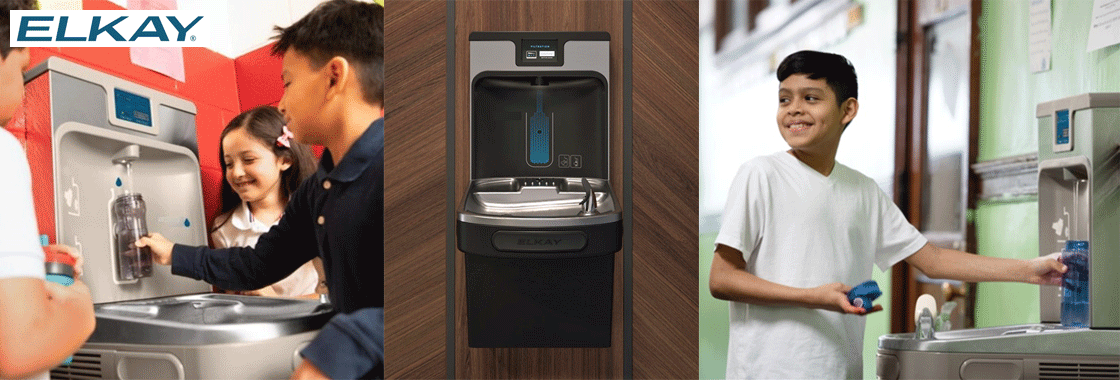
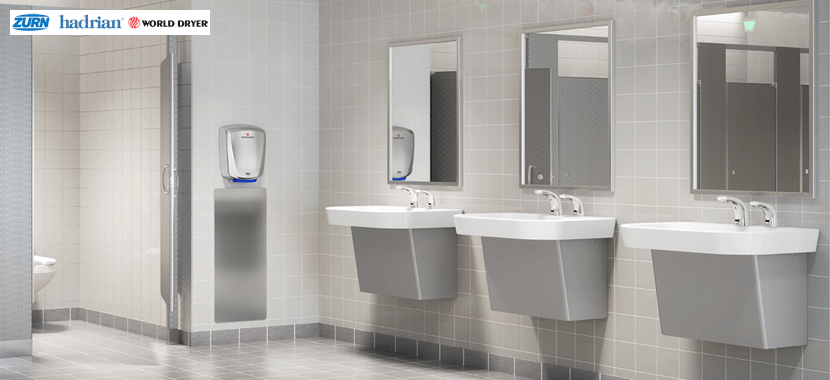
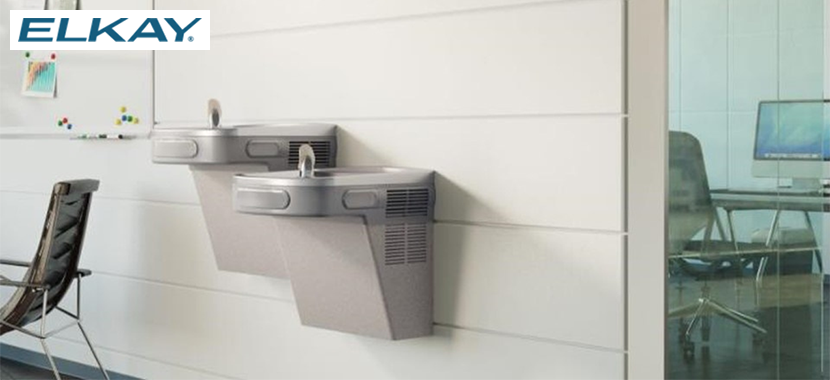
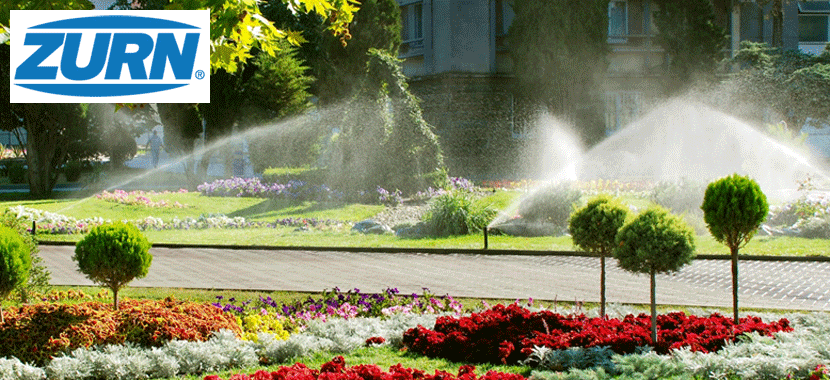
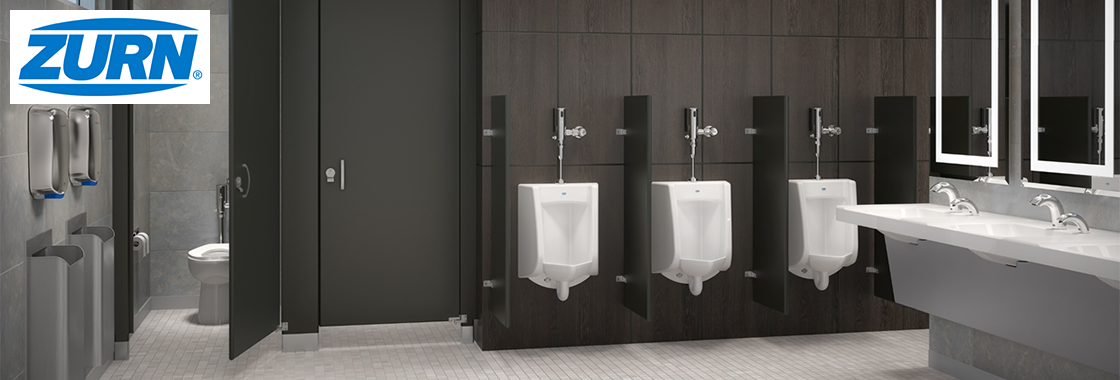
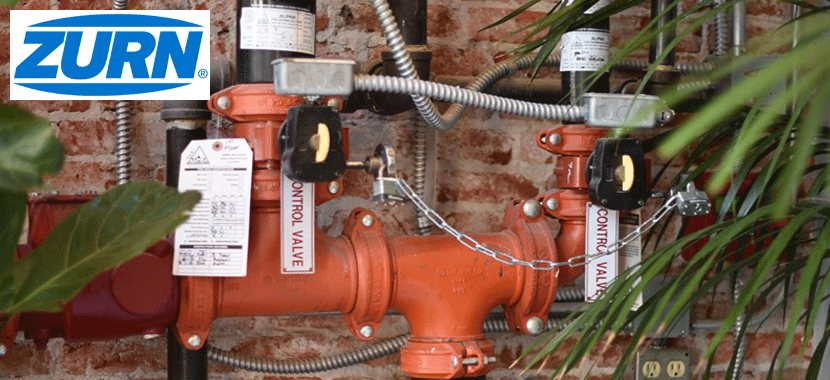
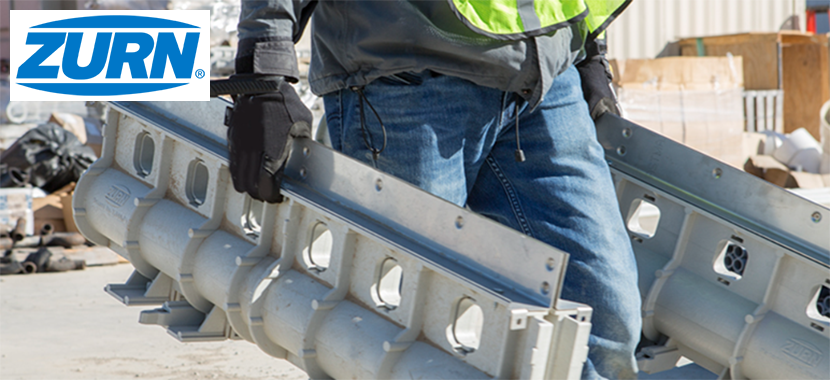


Displaying 11 course(s).
Scan this code with your mobile device camera to take this page on-the-go!

https://redirect.aecdaily.com/s425610/www.aecdaily.com/course/1117114
 Flushing is a key activity that can improve water quality and reduce the risk of Legionella and other waterborne pathogens, enhancing patient health and well-being. This course examines flushing practices as complementary to supplemental disinfection and a critical component in hospital water management plans.
Flushing is a key activity that can improve water quality and reduce the risk of Legionella and other waterborne pathogens, enhancing patient health and well-being. This course examines flushing practices as complementary to supplemental disinfection and a critical component in hospital water management plans.
Scan this code with your mobile device camera to take this page on-the-go!

https://redirect.aecdaily.com/s425610/www.aecdaily.com/course/1148383
 The issue of lead in drinking water is a significant concern that affects many communities. This course explores the harmful effects of lead consumption through drinking water. It addresses fundamental questions about lead’s common sources, how it enters our water supply, and the populations at high risk. Additionally, the course reviews water regulations and strategies for safeguarding against this widespread toxin, emphasizing approaches to reduce lead contamination through the use of filtered water delivery systems.
The issue of lead in drinking water is a significant concern that affects many communities. This course explores the harmful effects of lead consumption through drinking water. It addresses fundamental questions about lead’s common sources, how it enters our water supply, and the populations at high risk. Additionally, the course reviews water regulations and strategies for safeguarding against this widespread toxin, emphasizing approaches to reduce lead contamination through the use of filtered water delivery systems.
Scan this code with your mobile device camera to take this page on-the-go!

https://redirect.aecdaily.com/s425610/www.aecdaily.com/course/1151146
 Adequate water consumption is essential to human health, and many turn to bottled water for convenience or out of concerns about the public drinking water supply. But bottled water presents its own water quality issues along with environmental impacts of disposable plastic bottles. This course explores bottle-filling stations that offer safer, convenient, sustainable hydration in a wide range of applications. Also reviewed are the features, benefits, and installation options of bottle-filling stations and how they contribute to drinking water requirements in the WELL Building Standard™ (WELL™) version 2.
Adequate water consumption is essential to human health, and many turn to bottled water for convenience or out of concerns about the public drinking water supply. But bottled water presents its own water quality issues along with environmental impacts of disposable plastic bottles. This course explores bottle-filling stations that offer safer, convenient, sustainable hydration in a wide range of applications. Also reviewed are the features, benefits, and installation options of bottle-filling stations and how they contribute to drinking water requirements in the WELL Building Standard™ (WELL™) version 2.
Scan this code with your mobile device camera to take this page on-the-go!

https://redirect.aecdaily.com/s425610/www.aecdaily.com/course/901840
 It’s imperative to have a dependable, well-designed fire protection system that helps save lives and property. This course is designed to advance awareness and understanding about the wide range of components, functionality, and benefits of today’s most innovative standpipe fire systems and how to select the optimal system for your design based on building type, codes, and other requirements.
It’s imperative to have a dependable, well-designed fire protection system that helps save lives and property. This course is designed to advance awareness and understanding about the wide range of components, functionality, and benefits of today’s most innovative standpipe fire systems and how to select the optimal system for your design based on building type, codes, and other requirements.
Scan this code with your mobile device camera to take this page on-the-go!

https://redirect.aecdaily.com/s425610/www.aecdaily.com/course/1110772
 Material transparency is a growing initiative in the green and healthy building arena. This course reviews legislation that provides the baseline for healthy and sustainable materials and discusses the limitations of those regulations. It also explores the predominant green building programs and how material transparency can help achieve certification. Learners will leave this course with an understanding of how to access, analyze, and apply material transparency to their projects and leverage initiatives to support a healthier, more sustainable building industry.
Material transparency is a growing initiative in the green and healthy building arena. This course reviews legislation that provides the baseline for healthy and sustainable materials and discusses the limitations of those regulations. It also explores the predominant green building programs and how material transparency can help achieve certification. Learners will leave this course with an understanding of how to access, analyze, and apply material transparency to their projects and leverage initiatives to support a healthier, more sustainable building industry.
Scan this code with your mobile device camera to take this page on-the-go!

https://redirect.aecdaily.com/s425610/www.aecdaily.com/course/1112782
 Water is vital for life. As we move out of the pandemic, consumers are becoming more aware of their health and are taking steps to maintain healthy, active lifestyles, including drinking pure, clean water. This course explores the importance of staying hydrated and explains how dehydration can negatively affect health and wellness. The course also examines some of the most common contaminants in drinking water and the potential health effects of ingesting such water. Gain insight into how consumer lifestyle trends drive the need for healthier and more sustainable water in the kitchen and beyond and discover how consumers can meet these needs. Finally, learn about some of the newest water filtration systems available for cleaner, healthier, sustainable drinking water in the home.
Water is vital for life. As we move out of the pandemic, consumers are becoming more aware of their health and are taking steps to maintain healthy, active lifestyles, including drinking pure, clean water. This course explores the importance of staying hydrated and explains how dehydration can negatively affect health and wellness. The course also examines some of the most common contaminants in drinking water and the potential health effects of ingesting such water. Gain insight into how consumer lifestyle trends drive the need for healthier and more sustainable water in the kitchen and beyond and discover how consumers can meet these needs. Finally, learn about some of the newest water filtration systems available for cleaner, healthier, sustainable drinking water in the home.
Scan this code with your mobile device camera to take this page on-the-go!

https://redirect.aecdaily.com/s425610/www.aecdaily.com/course/1033178
 Buildings, roads, and man-made landscapes can harm the natural environment with their effect on the natural water cycle. Architects and designers need to be aware of the best practices and experts’ recommendations to specify the correct type of drainage system that serves users and protects the environment. This course discusses the positive contributions of modern drainage systems to the built environment and their role in improving sustainability. The technical and aesthetic aspects of trench drain design are also covered.
Buildings, roads, and man-made landscapes can harm the natural environment with their effect on the natural water cycle. Architects and designers need to be aware of the best practices and experts’ recommendations to specify the correct type of drainage system that serves users and protects the environment. This course discusses the positive contributions of modern drainage systems to the built environment and their role in improving sustainability. The technical and aesthetic aspects of trench drain design are also covered.
Scan this code with your mobile device camera to take this page on-the-go!

https://redirect.aecdaily.com/s425610/www.aecdaily.com/course/949020
 Ensure your turf, plants, and trees are getting the appropriate water—in the right quantity, with the proper safety, at the highest efficiency—to reflect your unique landscape environment. This course addresses the most important factors to be considered to achieve optimal performance. At the “root” of an effective irrigation system is proper water volume, pressure, and safety.
Ensure your turf, plants, and trees are getting the appropriate water—in the right quantity, with the proper safety, at the highest efficiency—to reflect your unique landscape environment. This course addresses the most important factors to be considered to achieve optimal performance. At the “root” of an effective irrigation system is proper water volume, pressure, and safety.
Scan this code with your mobile device camera to take this page on-the-go!

https://redirect.aecdaily.com/s425610/www.aecdaily.com/course/1152795
 Many communities face challenges related to the presence of harmful pollutants in their drinking water supply. This course examines the issues associated with these contaminants, focusing on lead, per- and polyfluoroalkyl substances (PFAS), and microplastics. It also discusses the government’s response to providing clean, safe water and innovations in point-of-use filtration systems designed to reduce toxic substances in drinking water and minimize the environmental impact of disposable plastic water bottles.
Many communities face challenges related to the presence of harmful pollutants in their drinking water supply. This course examines the issues associated with these contaminants, focusing on lead, per- and polyfluoroalkyl substances (PFAS), and microplastics. It also discusses the government’s response to providing clean, safe water and innovations in point-of-use filtration systems designed to reduce toxic substances in drinking water and minimize the environmental impact of disposable plastic water bottles.
Scan this code with your mobile device camera to take this page on-the-go!

https://redirect.aecdaily.com/s425610/www.aecdaily.com/course/1116104
 Now more than ever, public restrooms must provide users with a hygienic and safe experience that supports inclusivity, human health, and wellness. In this course, we explore how multistall public restrooms address users’ concerns about hygiene, safety, privacy, and efficiency through partitions, touchless fixtures, hand dryers, and more. We also discuss fulfilling WELL Building Standard™ v2 requirements by promoting public health and safety in restroom design.
Now more than ever, public restrooms must provide users with a hygienic and safe experience that supports inclusivity, human health, and wellness. In this course, we explore how multistall public restrooms address users’ concerns about hygiene, safety, privacy, and efficiency through partitions, touchless fixtures, hand dryers, and more. We also discuss fulfilling WELL Building Standard™ v2 requirements by promoting public health and safety in restroom design.
Scan this code with your mobile device camera to take this page on-the-go!

https://redirect.aecdaily.com/s425610/www.aecdaily.com/course/1144222
 Cleanliness and sanitation are important aspects of buildings and businesses, especially in restrooms. Users want environments where they don’t have to worry about picking up germs while owners desire solutions that are safe, attractive, and cost effective. Smart, connected fixtures can leverage sensor technology to optimize user experiences while also streamlining the management of building facilities, conserving water, and providing a hygienic, touchless experience for users.
Cleanliness and sanitation are important aspects of buildings and businesses, especially in restrooms. Users want environments where they don’t have to worry about picking up germs while owners desire solutions that are safe, attractive, and cost effective. Smart, connected fixtures can leverage sensor technology to optimize user experiences while also streamlining the management of building facilities, conserving water, and providing a hygienic, touchless experience for users.
Displaying 11 course(s).